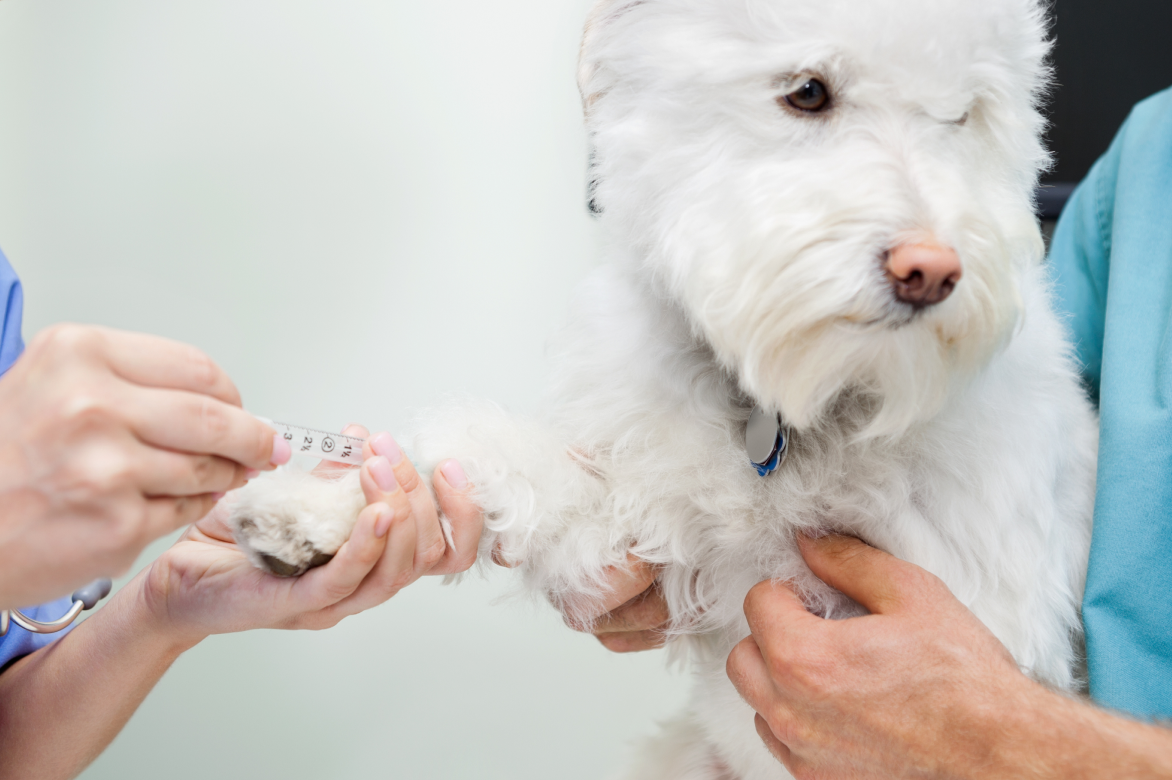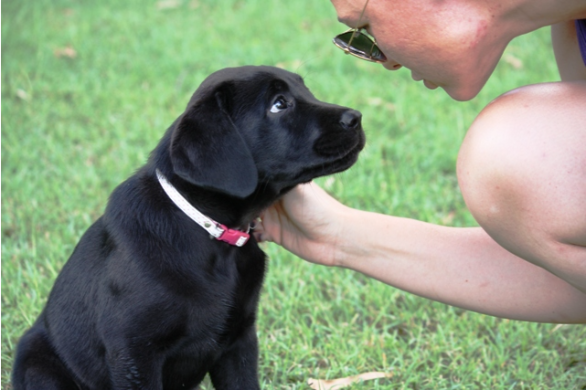A guide to diabetes in dogs
Diabetes is a serious yet manageable condition that affects many dogs. Just like in humans, diabetes can lead to long-term complications if left untreated. That’s why early detection and consistent care are important for helping diabetic dogs live healthy and fulfilling lives.
You can read more of our specialist veterinary news and stories here.
For referring vets, please use our online referral form to submit a case enquiry.
Our Network
Animal Referral & Emergency network is the largest specialty and referral network in Australia, consisting of over 20 sites. With over 1,200 dedicated team members, including over 600 nurses and over 390 veterinarians (including specialists and registrars), we provide exceptional care for your pets. Count on us for expert medical attention and comprehensive veterinary services.
.png)










